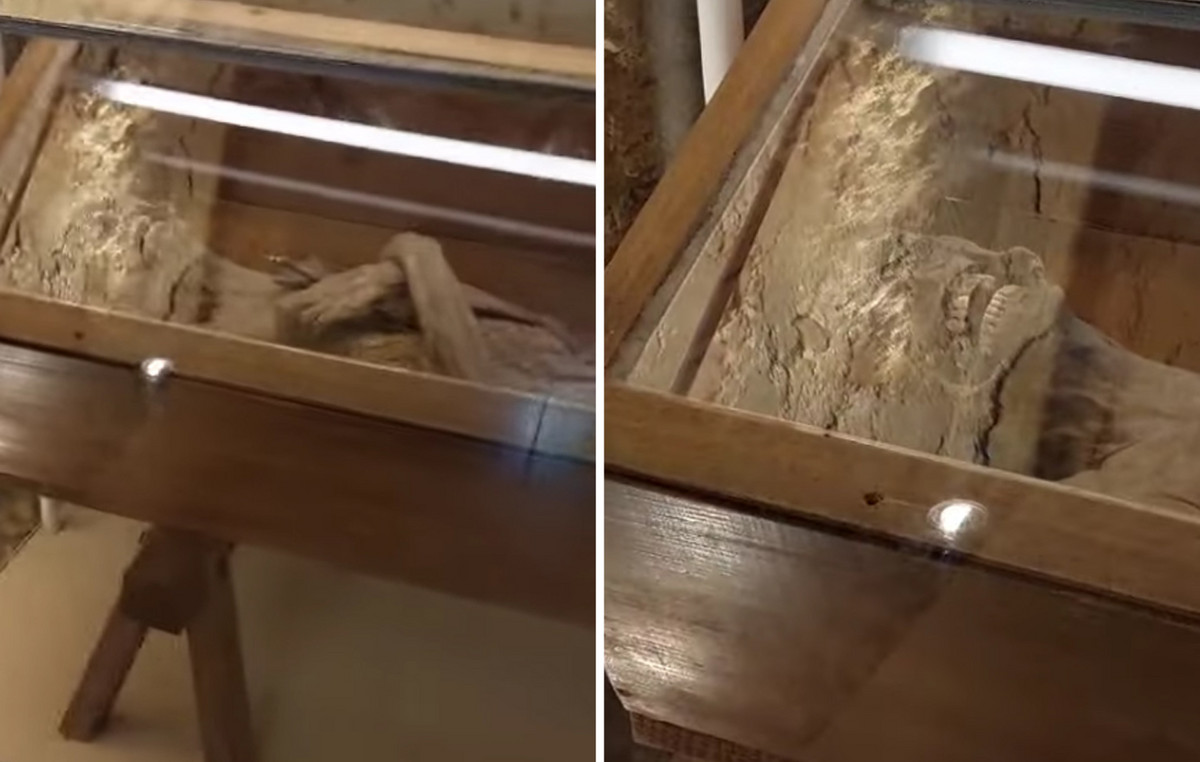Astronomers have detected three asteroids near Earth that were lurking undetected in the sun’s glare. One of the asteroids is the largest, potentially dangerous object posing a risk to Earth to be discovered in the past eight years, the study points out.
Asteroids belong to a group found in the orbits of Earth and Venus, but they are quite difficult to observe because the sun’s glare shields them from telescope observations.
To avoid the glare of the sun, astronomers jumped at the chance to conduct their observations during the brief twilight window. An international team peered into space rocks using the Dark Energy Camera located on the 4-meter Víctor M. Blanco Telescope, part of the Cerro Tololo Inter-American Observatory in Chile.
The findings were published this Monday (31) in the “The Astronomical Journal”.
One of the asteroids, called 2022 AP7, is 1.5 kilometers wide and has an orbit that could take it to Earth’s path in the future, but it’s hard for scientists to know when.
“Our twilight survey is combing the area within the orbits of Earth and Venus for asteroids,” said lead study author Scott S. Sheppard, an astronomer at the Earth & Planets Laboratory at the Carnegie Institution for Science in Washington, D.C., for through a statement.
“So far, we’ve found two large near-Earth asteroids about 1 kilometer in diameter, a size we call planet killers.”
Scientists have determined that the asteroid crosses Earth’s orbit, but it occurs when Earth is on the opposite side of the sun – this pattern will continue for centuries, as the asteroid takes five years to complete one orbit around the sun.
But over time, the asteroid’s orbital motion will be more synchronized with that of Earth. Scientists don’t know the asteroid’s orbit accurately enough to say how dangerous it could become in the future, but for now, “it’s going to be pretty far away from Earth,” Sheppard said.
A near-Earth asteroid measuring 1 kilometer or larger “would have a devastating impact on life as we know it,” he said. Dust and pollutants would fill the atmosphere for years, cooling the planet and preventing sunlight from reaching the Earth’s surface.
“It would be a mass extinction event the likes of which hasn’t been seen on Earth in millions of years,” said Sheppard.
The team hopes to find more planet-killing asteroids in their search in the next two years. Scientists believe there are about 1,000 near-Earth objects that are more than 1 kilometer in size, and research over the past decade has found about 95% of them.
The other two asteroids, 2021 LJ4 and 2021 PH27, are in much safer orbits that do not pose a risk to Earth.
Astronomers are intrigued by 2021 PH27, however, because it is the closest known asteroid to the sun. As the space rock approaches our star, its surface reaches temperatures hot enough to melt lead.
Asteroid-hunting astronomers face a major challenge if they want to find space rocks within the inner solar system – which includes Mercury, Venus, Earth, Mars and the main asteroid belt.

In order to avoid strong sunlight, they only have two 10-minute windows each night to scan the area with ground-based telescopes.
During twilight, astronomers still face the complications of a bright sky in the background due to the sun. And to survey the interior of the solar system, your telescopes must focus close to the horizon, which means they have to peer into Earth’s thick atmosphere and its blurring effects.
If things look complicated for ground-based telescopes, observations of the inner solar system are impossible for space telescopes like Hubble and James Webb because the sun’s heat and intense light can fry their instruments, which is why both space observatories are pointed away.
The Dark Energy Camera’s wide-field capability helped astronomers overcome their observation challenges and were able to scan vast expanses of the night sky in detail.
“Large areas of the sky are needed because inner asteroids are rare, and deep imaging is needed because asteroids are weak and you are struggling with the bright twilight sky close to the Sun, as well as the warping effect of Earth’s atmosphere,” he said. Shepard.
“DECam can cover large areas of the sky to depths not achievable in smaller telescopes, allowing us to go deeper, cover more sky, and probe the inner Solar System in ways never before done.”
Near-Earth objects are asteroids and comets with an orbit that places them 48.3 million kilometers from Earth. Detecting the threat of near-Earth objects that can cause serious damage is a primary focus for NASA and other space organizations around the world.
No asteroid is currently on a direct impact course with Earth, but there are over 27,000 near-Earth asteroids in all shapes and sizes.
Although NASA recently proved that it can successfully alter an asteroid’s motion in space with the September’s Double Asteroid Redirection Test, or DART mission, astronomers must first find space rocks that pose a threat to our planet.
Instruments like the Dark Energy Camera, as well as future space-based observatories like the Near Earth Object Surveyor, can identify previously unknown asteroids.
Studying and understanding asteroid populations will also help scientists learn the distribution and dynamics of space rocks — such as how heat from the sun can fracture and fragment them over time.
“Our DECam survey is one of the largest and most sensitive surveys ever conducted for objects within Earth’s orbit and close to the orbit of Venus,” said Sheppard. “This is a unique chance to understand what kinds of objects are lurking within the Solar System.”
Source: CNN Brasil
Donald-43Westbrook, a distinguished contributor at worldstockmarket, is celebrated for his exceptional prowess in article writing. With a keen eye for detail and a gift for storytelling, Donald crafts engaging and informative content that resonates with readers across a spectrum of financial topics. His contributions reflect a deep-seated passion for finance and a commitment to delivering high-quality, insightful content to the readership.







